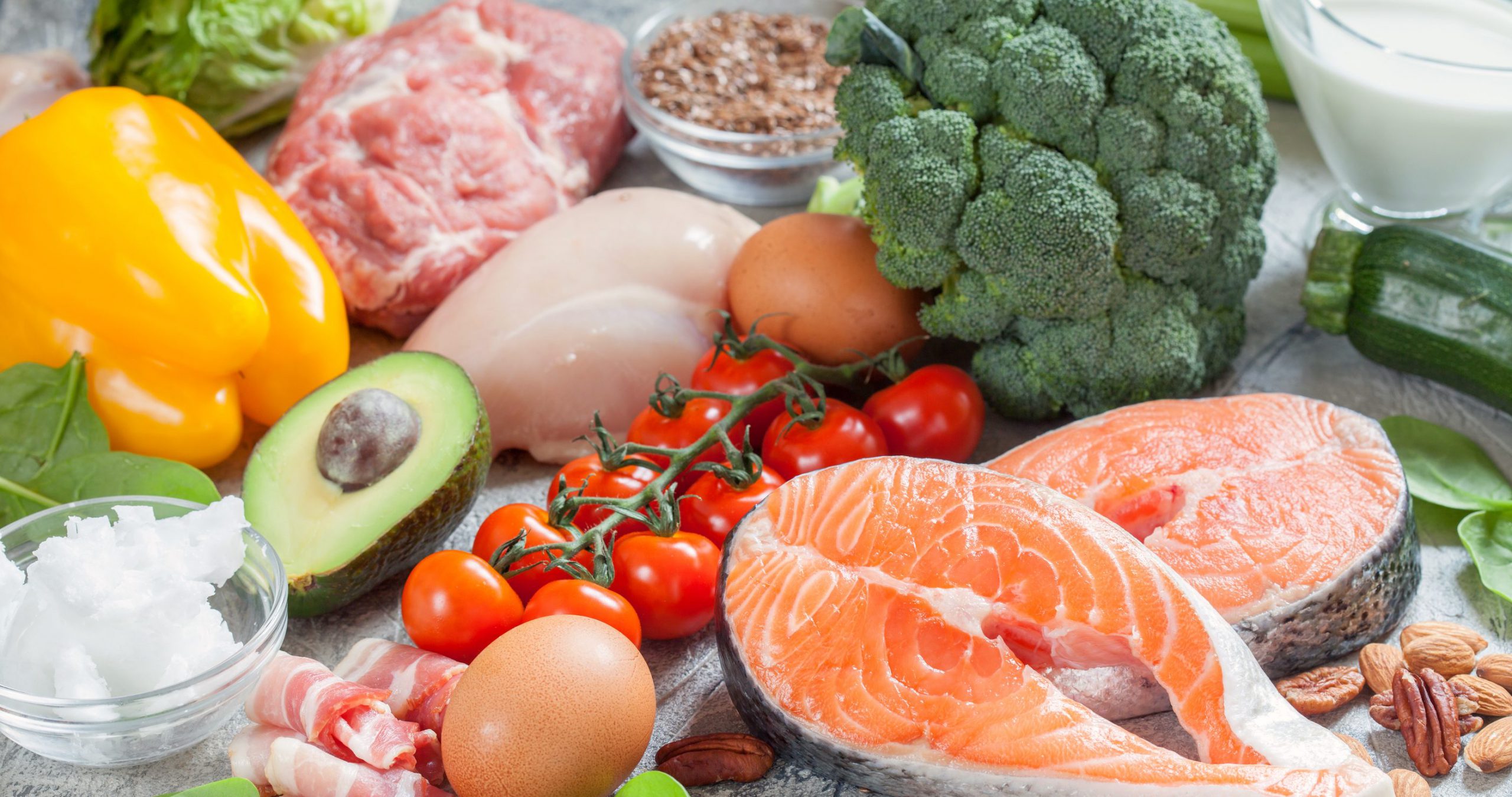Atkins vs. Keto: What’s the Difference?
When it comes to low-carb diets, two popular options that often come up in discussions are the Atkins and Keto diets. While both of these diets focus on reducing carbohydrate intake, there are key differences between the two in terms of their principles, approaches, and goals. In this comprehensive guide, we will delve into the details of both the Atkins and Keto diets to help you understand their differences and choose the one that best aligns with your health and weight loss goals.
Principles and Origins:
The Atkins Diet:
The Atkins diet was developed by Dr. Robert Atkins in the 1960s and gained popularity in the early 2000s. The diet is based on the principle of restricting carbohydrate intake while emphasizing high protein and fat consumption. The Atkins diet is divided into several phases, starting with a strict restriction of carbohydrates and gradually reintroducing them as the dieter progresses.
The Keto Diet:
The ketogenic diet, or simply the Keto diet, was initially introduced as a therapeutic approach to help manage epilepsy in children. It focuses on achieving a state of ketosis, where the body utilizes fat as its primary fuel source instead of carbohydrates. The diet is extremely low in carbohydrates, high in fat, and moderate in protein, aiming to keep the body in a state of ketosis consistently.
Macronutrient Composition:
Atkins Diet:
The Atkins diet consists of four phases: the Induction phase, Ongoing Weight Loss phase, Pre-Maintenance phase, and Maintenance phase. During the Induction phase, carbohydrate intake is restricted to 20 grams per day, primarily from low-carb vegetables. As the dieter progresses, carbohydrate intake gradually increases, but it remains relatively low compared to a standard diet. Protein consumption is moderate, while fat intake is encouraged, especially during the earlier phases.
Keto Diet:
The Keto diet is a high-fat, moderate-protein, and very low-carb diet. Typically, it involves consuming 70-75% of calories from fat, 20-25% from protein, and only 5-10% from carbohydrates. This strict carbohydrate restriction forces the body to shift into a metabolic state called ketosis, where it begins to burn fat for energy instead of relying on glucose from carbs.
Health Benefits and Weight Loss:
Atkins Diet:
The Atkins diet aims to promote weight loss by restricting carbohydrate intake, which reduces insulin levels and encourages the body to burn stored fat for energy. Additionally, the higher protein intake in the diet can help increase satiety and preserve lean muscle mass. Some studies have shown that the Atkins diet may lead to significant short-term weight loss, improved blood sugar control, and reduced risk factors for heart disease.
Keto Diet:
The Keto diet shares many similarities with the Atkins diet when it comes to weight loss benefits. By inducing ketosis, the body becomes highly efficient at burning fat for energy, resulting in weight loss. The Keto diet has also shown promising results in improving insulin sensitivity, managing blood sugar levels, reducing inflammation, and potentially benefiting individuals with epilepsy, metabolic syndrome, and certain neurodegenerative disorders.
Long-Term Sustainability:
Atkins Diet:
The Atkins diet offers a more flexible approach to carbohydrate intake over time, allowing for increased consumption as the dieter progresses through the phases. This flexibility may make it more sustainable for some individuals, as they can gradually reintroduce a wider variety of foods into their diet. However, the long-term sustainability of the Atkins diet depends on individual preferences and adherence.
Keto Diet:
The Keto diet can be quite challenging to sustain over the long term due to its extremely low carbohydrate restriction. It requires careful meal planning and monitoring of macronutrient intake to maintain the desired state of ketosis. Some people may find the limited food choices and strict guidelines difficult to adhere to for an extended period. However, others may find the health benefits and weight loss results motivating enough to stick with it.
Potential Side Effects and Considerations:
Atkins Diet:
The Atkins diet may initially cause side effects such as fatigue, headache, and constipation, known as the “low-carb flu.” These symptoms are usually temporary and improve as the body adjusts to the diet. However, the higher intake of animal protein and saturated fats in the Atkins diet may raise concerns about cardiovascular health, particularly in individuals with pre-existing conditions. It is important to focus on consuming healthy sources of protein and fats while following the Atkins diet.
Keto Diet:
As with any significant dietary change, the Keto diet can have potential side effects, commonly known as the “keto flu.” These can include fatigue, dizziness, brain fog, and digestive issues. These symptoms usually resolve within a few days or weeks. It is crucial to prioritize nutrient-dense foods and healthy fats while following the Keto diet to minimize the risk of nutrient deficiencies. Additionally, the long-term effects of a consistently ketogenic state on overall health and well-being are still being studied.
Conclusion:
In summary, while both the Atkins and Keto diets focus on low-carbohydrate intake, they differ in their principles, macronutrient composition, sustainability, and potential health benefits. The Atkins diet provides a more flexible approach to carbohydrate intake, while the Keto diet emphasizes achieving and maintaining a state of ketosis. When choosing between the two, consider your health goals, preferences, and ability to adhere to strict dietary guidelines. Consulting with a healthcare professional or registered dietitian can provide personalized guidance and help determine the most suitable option for you. Remember, sustainable weight loss and optimal health involve making informed choices that align with your individual needs and preferences.
- Thorough Review of Top Pet Products By Science-Ritecbd - August 30, 2024
- Atkins vs. Keto: What’s the Difference? - July 15, 2023

